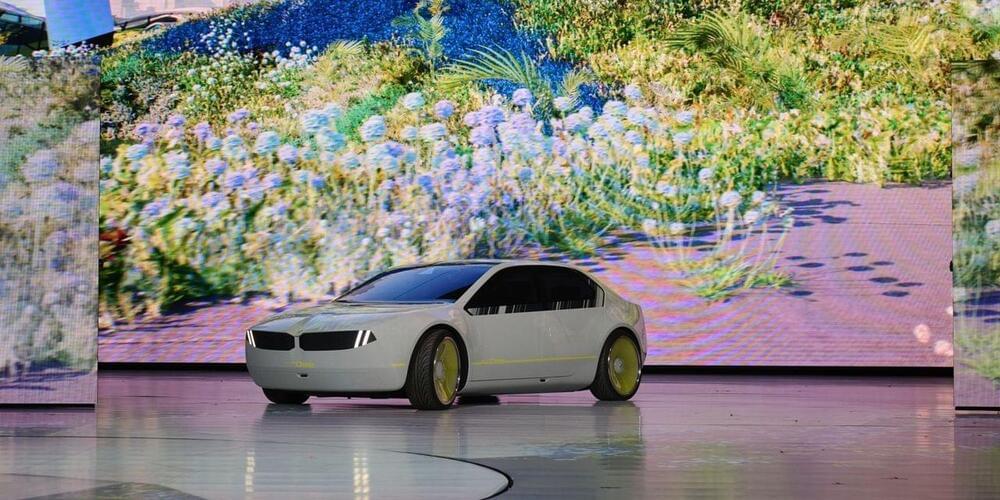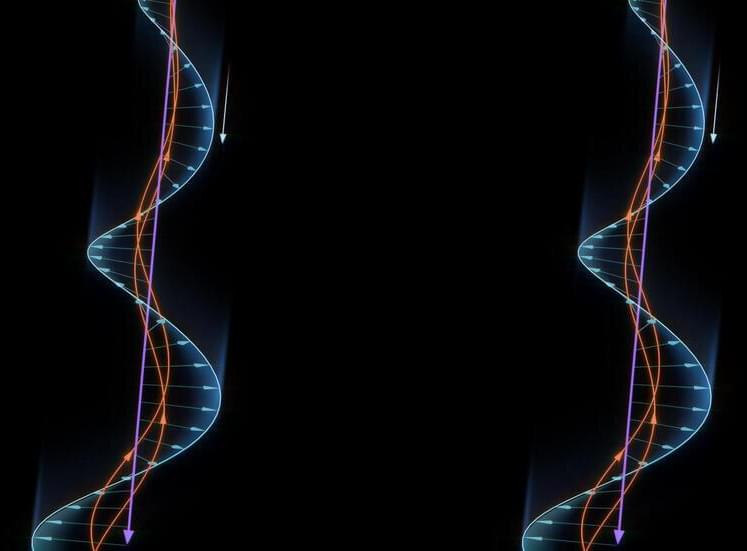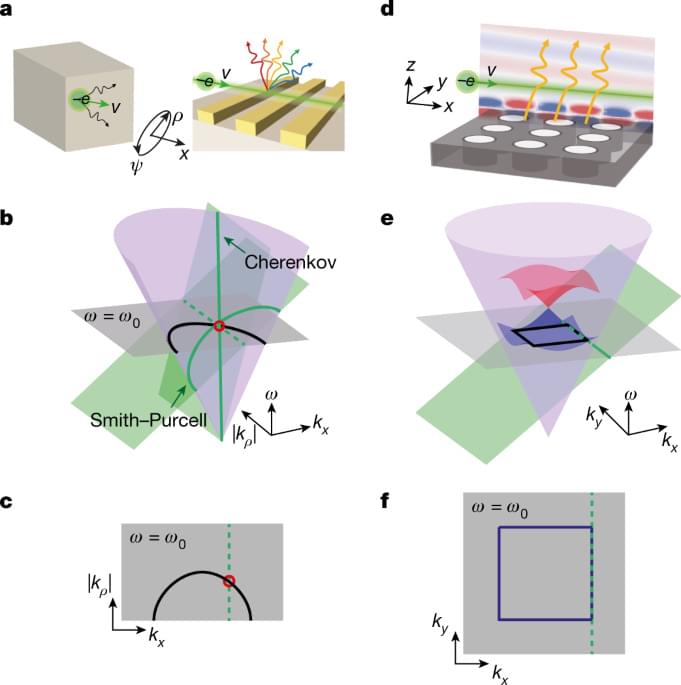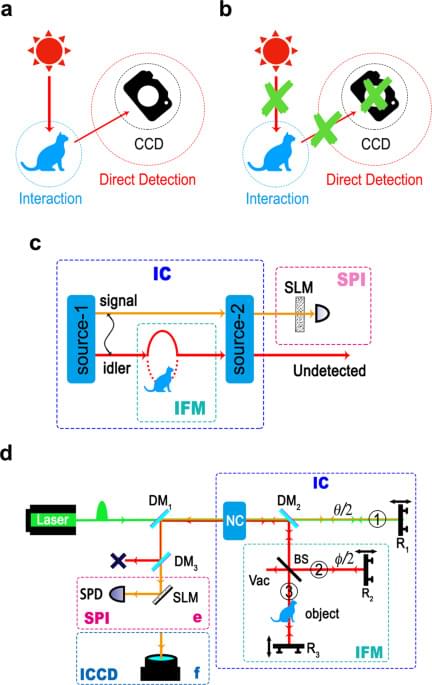TCL’s known for TVs. Now the company’s working on its own AR and VR hardware, too.
Get the latest international news and world events from around the world.

The Future of Car Technology, as Seen at CES 2023
Color-changing cars. Flying taxis. And a gaming-style tablet that can steer a vehicle.
Car companies descended on CES in Las Vegas this week to show off their latest ideas—some quirky and far out, others more relevant in the near term—as the industry navigates technological shifts in its business.
During the week, car executives unveiled new in-car software, hyped automated-driving tech, and highlighted new partnerships and investment deals. Auto makers in recent years have accelerated the rollout of their new battery-powered models.
Partnership announced to develop new space station
Airbus will collaborate with Voyager Space to develop the new Starlab space station by 2028.
Airbus and Voyager Space have announced a partnership to develop and operate Starlab – a free-flying space station that will serve NASA and function as a global customer base of space agencies and researchers. Starlab is planned for launch in 2028 to ensure a continued human presence in Low-Earth Orbit (LEO).

New Study Uncovers Potential Target for Stopping 90% of Cancer Deaths
An international research team has discovered a potential new target for a drug that could prevent the deadly metastases responsible for 90% of cancer deaths.
According to a study published in Nature, an international team of researchers has identified a mechanism that allows cancer cells to spread throughout the body. They found that cancer cells move faster when they are surrounded by thicker fluids, a change that occurs when lymph drainage is disrupted by a primary tumor.
These findings provide a potential new target for stopping metastasis, which is responsible for 90% of cancer deaths.
Top 5 AI Predictions for 2023
With 2023 right around the corner, we make 5 predictions that will happen in the artificial intelligence (AI) world.
5 Predictions.
1) GPT-4 to be released.
2) Autonomous Vehicles as primary source of transportation for general population.
3) Evolution of search engines.
4) Humanoid robot development.
5) Run out of data to train AI language models.


Physicists confirm effective wave growth theory in space
A team from Nagoya University in Japan has observed, for the first time, the energy transferring from resonant electrons to whistler-mode waves in space. Their findings offer direct evidence of previously theorized efficient growth, as predicted by the non-linear growth theory of waves. This should improve our understanding of not only space plasma physics but also space weather, a phenomenon that affects satellites.
When people imagine outer space, they often envision it as a perfect vacuum. In fact, this impression is wrong because the vacuum is filled with charged particles. In the depths of space, the density of charged particles becomes so low that they rarely collide with each other.
Instead of collisions, the forces related to the electric and magnetic fields filling space, control the motion of charged particles. This lack of collisions occurs throughout space, except for very near to celestial objects, such as stars, moons, or planets. In these cases, the charged particles are no longer traveling through the vacuum of space but instead through a medium where they can strike other particles.

Entropy Explained!
Share your videos with friends, family, and the world.

Interaction-free, single-pixel quantum imaging with undetected photons
Over the past few decades, several imaging protocols based on quantum technologies have been realized1,2, which have expanded the application capabilities of optical imaging. These include ghost imaging (GI)3,4, quantum imaging with undetected photons (QIUP)5, and interaction-free measurements (IFMs)6,7. The quantum GI scheme relies on the spatial correlations of entangled photon pairs and requires two-photon coincident measurements. Furthermore, ghost imaging can also be realized with classical intensity-fluctuation correlations8. Later, various single-pixel imaging (SPI) protocols were proposed9,10,11,12,13, where the spatial correlations are not between two photons but between one photon and a programmable mask held in a spatial light modulator (SLM).
In contrast to modern digital cameras employing array sensors to capture images, SPI use a sequence of masks to interrogate the scene along with the correlated intensity measurements by a single-pixel detector. The spatially resolved masks are usually generated by computer and displayed by SLM. Combined with compressive techniques10, the number of sampling measurements is fewer than the total number of pixels in the image. Thereby, SPI can reduce the data processing requirement, and shows potential capability for high dimensional sensing12. On the other hand, the modern single-photon detector is featured by improved detection efficiency, lower dark counts, and faster timing response14. Such enhancements have significance to applying SPI into weak signal detection scenarios, such as scattering medium imaging or long-range 3D imaging11.
The QIUP scheme is based on induced coherence (IC), which was first proposed by Zou, Wang, and Mandel15. They used two photon sources to generate photon pairs. By overlapping path of two sources for one photon (idler)15,16,17 and establishing the so-called path identity18,19, there is no information about the origin of the other photon (signal). Thus, the signal photon is in the superposition state of being created in either of the sources. The phase and transmissivity of the idler photon are encoded in the interference of the signal photon. Inserting one object onto the idler path between two sources, one can obtain images exclusively with the signal photons which have no interaction with the object5. In contrast to GI, QIUP does not involve the detection of the photon illuminating the object or any coincidence measurement. This is an advantage of QIUP, as the wavelength of the detected photon can be chosen independently from that of the photon interacting with the object5. This concept was further explored in infrared (IR) spectroscopy20, optical coherence tomography21,22, mid-IR imaging23,24,25, terahertz (THz) sensing26, biological microscopy27, and holography28. Recently, the related SU(1,1) interferometer has been investigated and employed in quantum-enhanced metrology29,30,31,32,33.